Cooking at home not only saves money and ensures food safety, but also helps people keep up with the popular "healthy & balanced" lifestyle. However, if the preparation process is not followed correctly, home-cooked dishes can also have negative impacts on health.
Cook at high temperature and pressure above 200 degrees
According to information from the Vietnam Medical Association, the hot processing when cooking causes the nutrients in food to undergo various physical and chemical changes. For example, with food groups including meat, fish, shrimp, crab, eggs, sesame, peanuts, beans... containing mainly protein, when cooked at high temperatures for too long (200-300 O C), it will create indigestible bonds, reducing the nutritional value of protein.

High temperatures cause changes in nutrients in food.
The method that helps you preserve the maximum nutritional content in food is to choose a method with a short cooking time. Each food group also needs to be cooked at the appropriate temperature. 70-100 O C is the temperature to cook and sterilize foods that provide protein such as meat, fish, eggs. Fats such as omega 3 fatty acids need to ensure the temperature is below 120 O C.
Use burnt food
Cooking at high temperatures for long periods of time not only reduces and changes the nutrients in food, but also poses a potential risk of cancer when food is burnt. According to the Vietnam Institute of Applied Medicine, acrylamide and heterocyclic amines (HCAs) are two names that frequently appear in danger warnings, produced from improper food processing.
Specifically, acrylamide is classified as "possibly carcinogenic to humans" by the International Agency for Research on Cancer and WHO . This is a compound created when starchy foods are fried or grilled until burnt for a long time at high temperatures of 170-180 O C. Meanwhile , HCAs are the result of a chemical reaction when meat is overcooked.
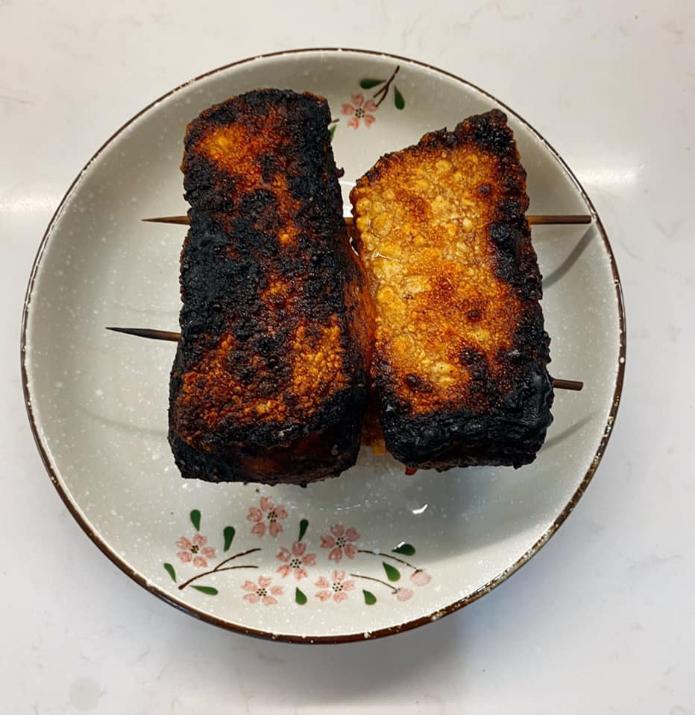
Burnt food has the potential to cause cancer
To reduce acrylamide or HCAs, you can grill foods for shorter periods of time until they are lightly browned. Avoid exposing meat to direct heat or hot metal surfaces, especially for long periods at high temperatures.
Eat salty food with constant frequency
A 2015 nationwide survey by the Ministry of Health showed that the average Vietnamese adult consumes 9.4 grams of salt per day, nearly double the WHO recommendation of 5 grams of salt per day. This amount of salt is mainly found in salty seasonings.
This situation is largely due to the habit of adding salt-rich spices to food when preparing, cooking and dipping (according to the document "Excess salt intake and health risks" by the Ministry of Health). In addition, the habit of eating out frequently also contributes to increasing salt intake, because food cooked outside is mainly seasoned according to common tastes.
The Ministry of Health recommends that to minimize this risk, each family should reduce salty foods and salt in cooking.
Reducing salt can be done gradually so that the taste buds can learn to adapt or use other spices with low salt content such as seasoning powder to make the dish more delicious without being salty. For example, Knorr seasoning powder with 46% salt and bone marrow extract helps provide just enough salt for the meal, while still ensuring the dish is rich and flavorful. The product packaging also recommends appropriate seasoning methods to help control the amount of salt taken into the body each day.
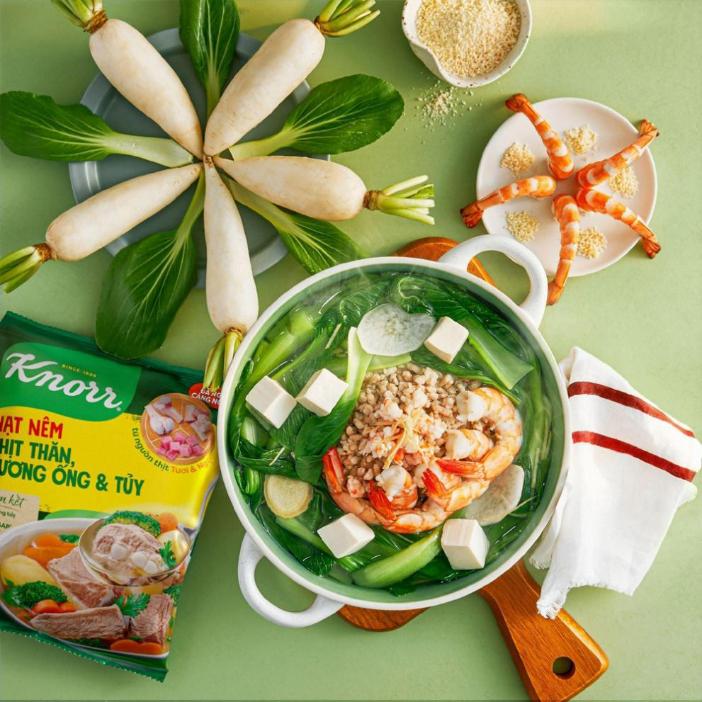
Knorr contains 46% salt and tenderloin extract to help the dish be moderately salty but still flavorful and delicious.
Use frying oil multiple times
The National Institute of Nutrition said that when cooking oil and fat are fried at high temperatures (usually above 180 degrees Celsius), chemical reactions will occur, producing harmful aldehydes and oxidants. The more often they are used, the more toxic substances are produced. These substances seep into food, causing users to experience symptoms such as: dizziness, nausea or vomiting, abdominal pain, difficulty breathing, slow heartbeat, high blood pressure...

Reused oil can easily produce toxic substances.
You can limit your intake of harmful substances by taking the right amount of oil/fat and using it only once. In case you need to reuse cooking oil, you need to know the time when the oil releases harmful free radicals to prevent it: Sunflower oil is at 246 O C, soybean oil is 241 O C, Canala is 238 O C, olive oil is 190 O C…
Source link





![[Photo] Dong Ho Paintings - Old Styles Tell Modern Stories](https://vstatic.vietnam.vn/vietnam/resource/IMAGE/2025/3/29/317613ad8519462488572377727dda93)
![[Photo] Prime Minister Pham Minh Chinh chairs meeting to urge highway projects](https://vstatic.vietnam.vn/vietnam/resource/IMAGE/2025/3/29/6a3e175f69ea45f8bfc3c272cde3e27a)
![[Photo] Prime Minister Pham Minh Chinh and Brazilian President Luiz Inácio Lula da Silva attend the Vietnam-Brazil Economic Forum](https://vstatic.vietnam.vn/vietnam/resource/IMAGE/2025/3/29/f3fd11b0421949878011a8f5da318635)





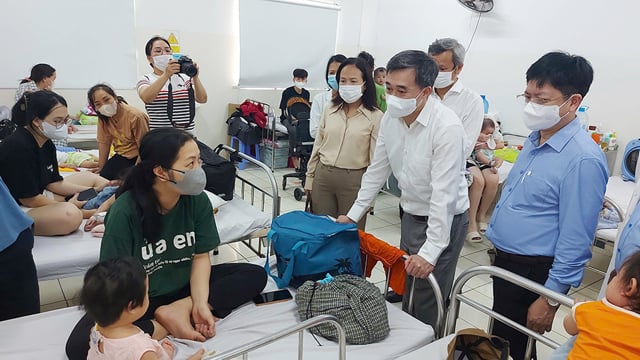









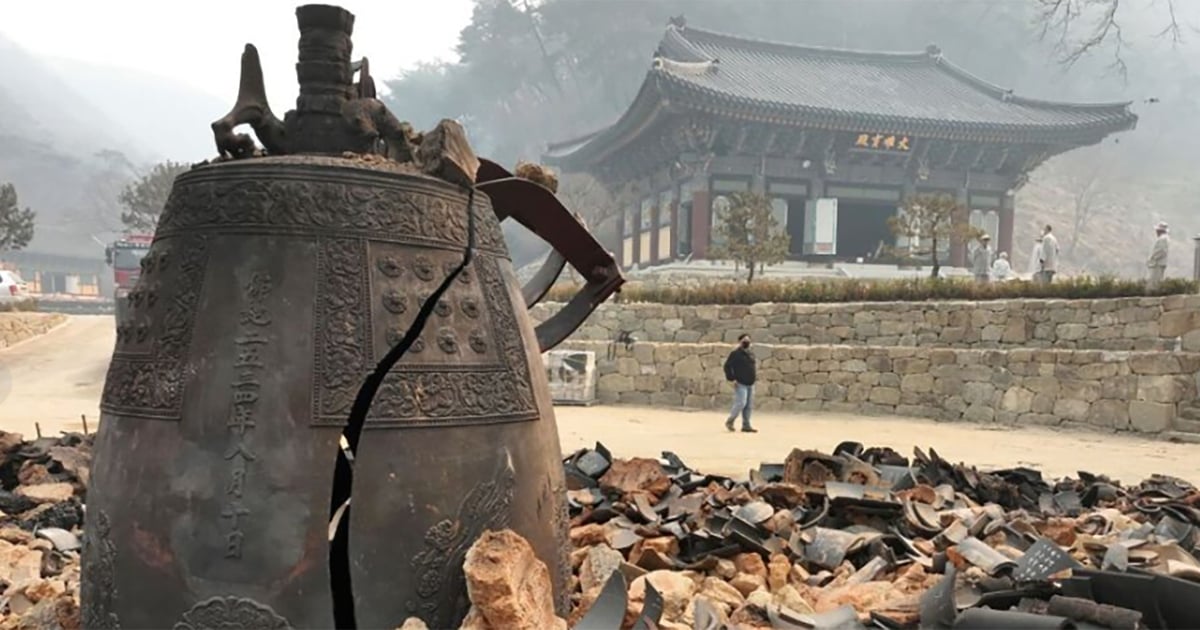























































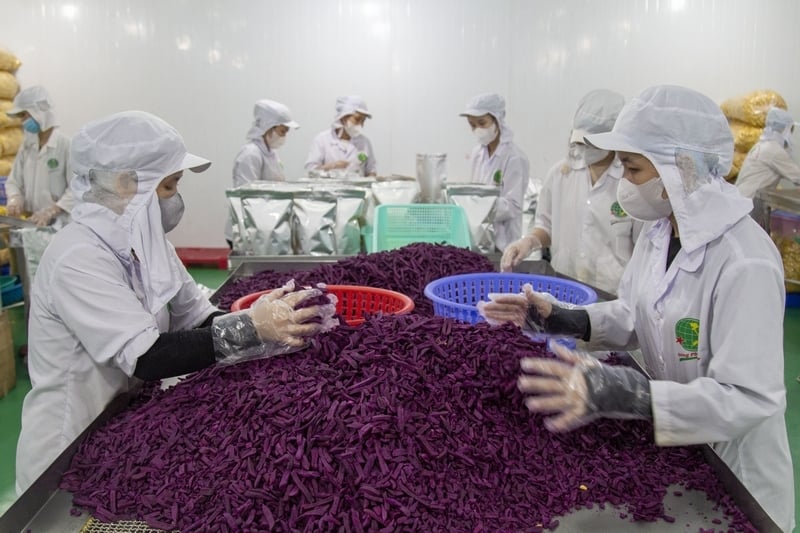







Comment (0)